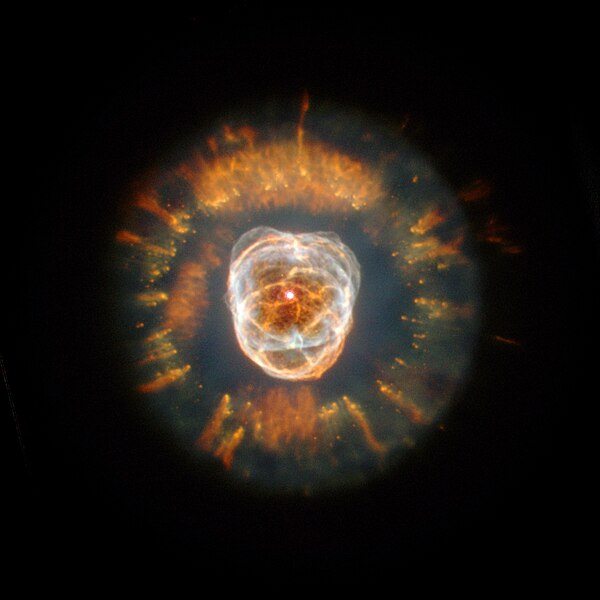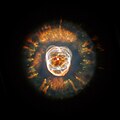Soubor:Ngc2392.jpg

Velikost tohoto náhledu: 600 × 600 pixelů. Jiná rozlišení: 240 × 240 pixelů | 480 × 480 pixelů | 768 × 768 pixelů | 1 024 × 1 024 pixelů | 1 500 × 1 500 pixelů.
Původní soubor (1 500 × 1 500 pixelů, velikost souboru: 1,16 MB, MIME typ: image/jpeg)
Historie souboru
Kliknutím na datum a čas se zobrazí tehdejší verze souboru.
| Datum a čas | Náhled | Rozměry | Uživatel | Komentář | |
|---|---|---|---|---|---|
| současná | 28. 7. 2005, 14:34 |  | 1 500 × 1 500 (1,16 MB) | Startaq | |
| 1. 2. 2005, 19:20 |  | 320 × 259 (12 KB) | CWitte | Eskimo nebula |
Využití souboru
Tento soubor používá následujících 6 stránek:
Globální využití souboru
Tento soubor využívají následující wiki:
- Využití na af.wikipedia.org
- Využití na ar.wikipedia.org
- Využití na arz.wikipedia.org
- Využití na ast.wikipedia.org
- Využití na az.wikipedia.org
- Využití na be.wikipedia.org
- Využití na bg.wikipedia.org
- Využití na bn.wikipedia.org
- Využití na bs.wikipedia.org
- Využití na ca.wikipedia.org
- Využití na ce.wikipedia.org
- Využití na cv.wikipedia.org
- Využití na da.wikipedia.org
- Využití na de.wikipedia.org
- Využití na diq.wikipedia.org
- Využití na el.wikipedia.org
- Využití na en.wikipedia.org
- Planetary nebula
- Compact object
- Eskimo Nebula
- List of planetary nebulae
- User:Anticipation of a New Lover's Arrival, The/Galleries/Awards
- Caldwell catalogue
- Herschel 400 Catalogue
- User:Reginhild
- Wikipedia:Featured picture candidates/May-2007
- Wikipedia:Featured picture candidates/Eskimo Nebula
- User:Reginhild/Userboxes/Space Scientist
- Gemini (constellation)
- User:Sunfishtommy/sandbox
- User:Exoplanetaryscience/sandbox
- Portal:Astronomy/Picture
- Yupʼik clothing
- Cometary knot
- Wikipedia:Meetup/Seamless Astronomy Edit-a-thon Center for Astrophysics
Zobrazit další globální využití tohoto souboru.
